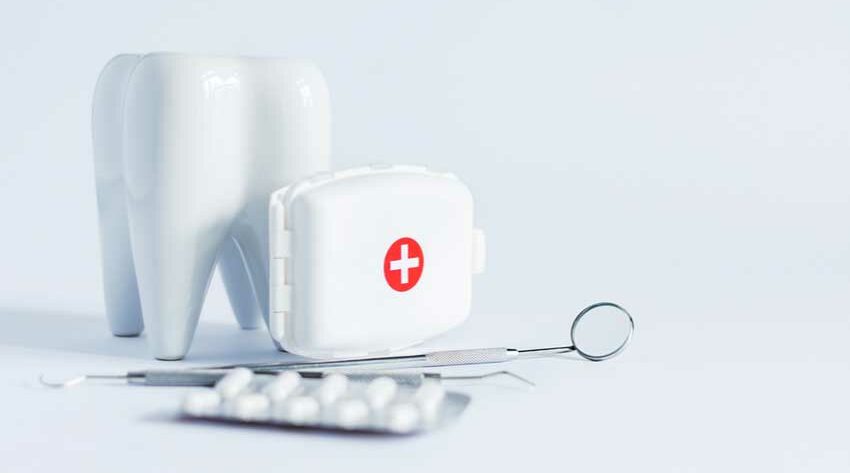
Antibiotics came to be in use after the discoveryof penicillin in 1928 by Dr Alexander Fleming to treat various bacterial infections. Multiple subgroups exist under the umbrella of this generalized term, each specific against a certain group or class of bacteria. Moreover, typically two types of antibiotics are purchasable in this era; broad spectrum targeting multiple groups of bacteria all at once and narrow spectrum which is limited in its potential to a few microorganisms.
Although once deemed a miraculous drug, the over prescription of antibiotics in the current status quo has brought with it some catastrophic side effects such as antibiotic resistance and superbugs; a class of bacteria which has become resistant to potentially most of the existing antibiotics. That being said the use of antibiotics in dentistry should be limited.
Ideally, majority of dental patients can do well without the use of antibiotics as most of the problems in the oral cavity can be dealt with operative intervention and oral hygiene measures. The empirical and broad use of antibiotic prophylaxis is clearly no longer acceptable, but details on responsible prescribing remain problematic. In the dental community, there has been a general trend towards over‐prescribing. One of the surveys in the USA found that only 39% of dentists and 27% of physicians followed guidelines for antibiotic prophylaxis appropriately.
The indications for prescribing antibiotics are as follows;
- For the treatment of acute and chronic infections of teeth and surrounding tissues,
- As prophylactic treatment to prevent local infection in patients at risk (as a result of systemic conditions such as endocarditis, artificial heart valves and congenital heart disease) and
- To prevent local infection and systemic spread among patients undergoing surgical oral or dental treatment which may result in bleeding.
As discussed above other than two major uses of antibiotics including to treat an infection in the oral cavity which is characterized by swelling, pain, foul taste and bleeding sometimes and to prevent an infection from happening in immune-compromised patients such as those suffering from cancer or diabetes there is absolutely no need or use of antibiotics in dentistry.
However in the problems related to overuse of antibiotics, dentists can make a difference by the judicious use of antimicrobials – prescribing the correct drug, at the standard dosage and appropriate regimen – only when systemic spread of infection is evident. The increasing resistance problems of recent years are probably related to the over-or misuse of broad‐spectrum agents. There is a clear need for the development of prescribing guidelines and educational initiatives to encourage the rational and appropriate use of drugs in dentistry.
The need to control the usage of antibiotics is also crucial as they not only result in antimicrobial resistance but also bring with them a bunch of other side effects.
Ranging from gastrointestinal (GI) disturbances to fatal anaphylactic shock in patients with antibiotic allergies.
Very few antibiotics are effective in the oral cavity including penicillin, cephalosporins, clindamycin, erythromycin, metronidazole etc. These antibiotics are chosen particularly due to their effectiveness against the bacteria found in the mouth, also their duration of action which is short compared to other antibiotics and the dosage required for treatment which is less.
According to the U.S. Centers for Disease Control and Prevention, “appropriate antibiotic prescribing means antibiotics are only prescribed when needed, and when needed, the right antibiotic is selected and prescribed at the right dose and for the right duration” and “appropriate antibiotic prescribing should be in accordance with evidence-based national and local clinical practice guidelines, when available.”
Responsible prescription of antibiotics in dentistry depends on a number of factors. It is related to the clinical knowledge of the practitioner to determine the exact need of the drug in a dental setting, to have an accurate judgment regarding the choice of the drug and time required for consumption of the drug.
Moreover, it also depends on the type of patient visiting based on their medical history and the type of organism causing the infection based on culture and sensitivity testing. Collectively, considering all the factors mentioned above, theuse of antibiotics in dentistry should be limited to a bare minimum and absolute necessity. This is what is justified, ethically.


